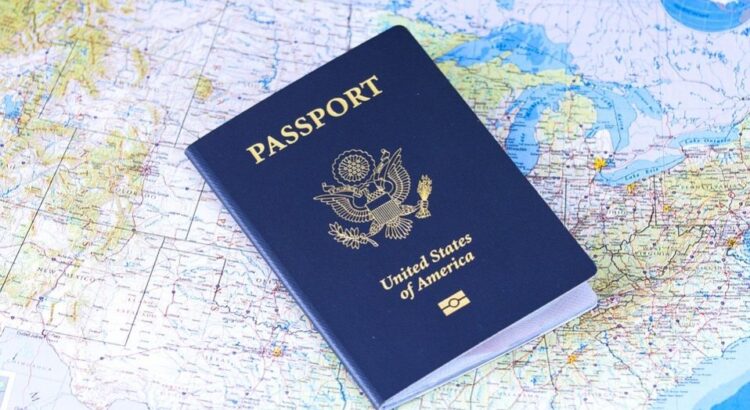If you’re thinking to study in the USA or the UK or any other foreign country, it’s essential to go through the pan information regarding it. The prior knowledge would give you an idea of how to get rid of all bumps on the way to get the student visa.
Student Visa
The student visa is a licit document to enter different countries & carry on the dreams of higher education. It allows a student to stay temporarily in the country where he/she intends to get educated. That’s why such students are disseminated as the non-immigrant Indians.
About visa extension:
The student visa is approved for a specific period. It squarely depends on the type of course you have selected. Afterward, you have to move back. Later, whatever career you want to choose, you can do so to rake in money. Also, if you want to take IAS coaching or appear in the UPSC exams, you can do so. But, the immigrant Indians have to give up their foreign citizenship and attain Indian citizenship if they want to become an IAS officer.
Besides, if you are willing to spend some more time while working there, you have to apply for visa extension. Recently, the UK government explicitly signaled that the higher education institutions registered as Tier 4 sponsors could sponsor graduates. This move would indeed sound good. It’s so because the Indian students can gain work experience in the UK for upto two years.
On the flip side, the Tier 2 visa is harder to get. It mandates imposition of restrictions on the job level, salary and employer sponsorship. This order is proposed to administer the issue of sliding percentage of Indian students in the UK. Around 24,000 Indians applied for this visa in 2010-11. But, the period of 2015-16 faced a drastic decline, i.e. 9,000, in the count of non-immigrant Indian students there, according to publishing on News18.
Eligibility criteria: The visa eligibility is solely driven from the country’s immigration norms and the type of course you have applied for. Apart from that, the visa request should be approved by the University/institution where you intend to take admission into.
The following directives for seeking the student visa are more or less similar:
- The foreign university/institution should approve your request for this visa.
- You should have sufficient assets and funding proofs, like sanctioned loan. This should prove that you can survive the situation when you may run out of money.
- You should have good academic record. However, the percentage for admission in the foreign university may vary from country to country.
- You should have consolidated mark sheet of school/college & their transcript.
- You should have Police Clearance Certificate (POC).
- You should pass through the medical examination to prove your good health.
- Successfully appear in these exams and secure the requisite scores- ILETS/TOFEL/ GRE/GMAT/SAT/ LSAT/MCAT
- You should have the asset evaluation report.
Steps to apply for the student visa:
- Thoroughly read the instructions provided by the embassy of the intended country.
- Apply for the student visa online or offline.
- Fill the online visa application & pay for the service called the visa application form, like Form DS-160.
- Pay the fees against the M1, F1 or J1 visa types. Currently, the Indian students pay INR 10,880.The requisite fee is the subject matter of change of the competent authority.
- Thereafter, you will have to schedule two appointments, one with the consular officer and other with the Visa Application Center (VAC). Visit the consul on the due date for the interview.
- Get ready with the scorecard of ILETS/TOFEL/ GRE/GMAT/SAT/ LSAT/MCAT & other supporting documents.
Documents required for the student visa:
- Passport (Previous and New)
- Passport size photographs
- Visa application fee receipt
- DS-160 confirmation form
- Visa Facilitation Services (VFS)
- SEVIS (Student and Exchange Visitor Information System)
- I-120
- Admission proof in the foreign university
- Bank account details











